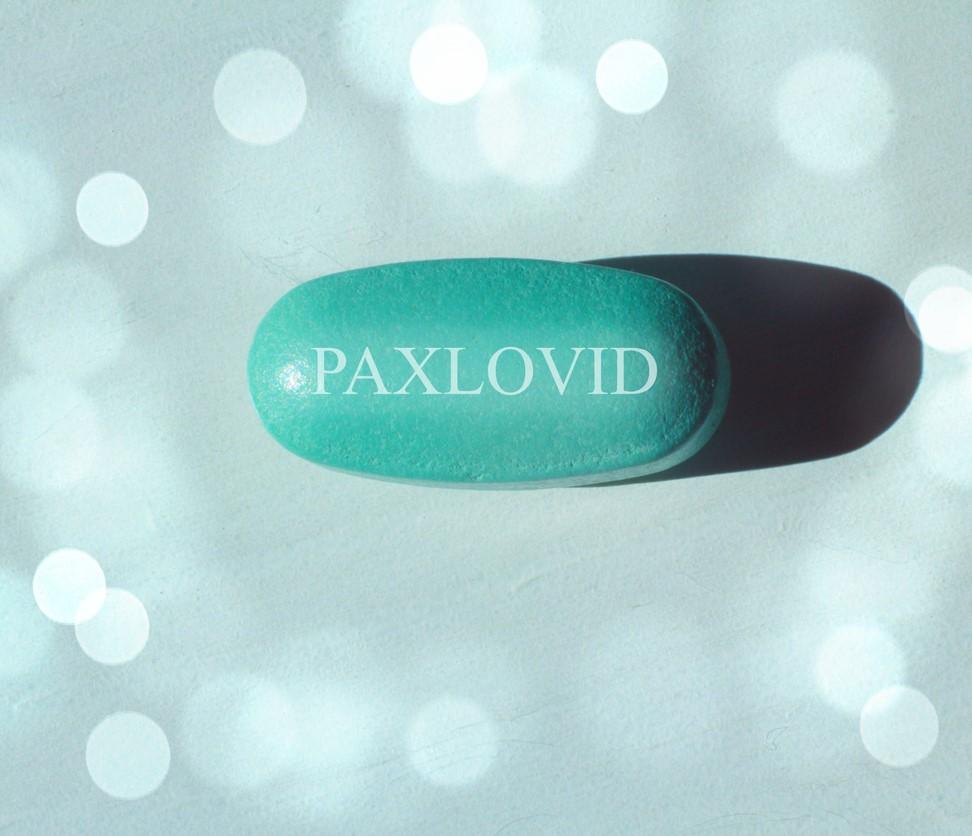A study of nearly 500 high-risk patients treated with Paxlovid for their COVID-19 infections found that only a few had rebound symptoms, Mayo Clinic researchers reported today in Clinical Infectious Diseases.
Paxlovid treatment has gained traction over the past few months, but it has come with increasing reports of rebound infections from patients and their providers. Though the study found only a few patients with rebound symptoms, the authors were able to find some clues about possible risk factors for rebound.
It was conducted before the recent Omicron subvariants BA.4 and BA.5 were circulating broadly.
Mild rebound symptoms, patients recovered
Paxlovid, made by Pfizer, is a two-drug regimen (nirmatrelivir and ritonavir) taken together twice a day for 5 days. The Food and Drug Administration (FDA) approved it for emergency use on Dec 22, 2021, for treating mild-to-moderate COVID-19 infection in people at higher risk for severe disease.
Supplies were limited through January, but now, it's more accessible.
The retrospective review included 483 high-risk patients who received the drug at the Mayo Clinic in Rochester, Minnesota, through an outpatient COVID-19 treatment program. Eligibility for Paxlovid was assessed according to FDA emergency use authorization (EUA) criteria.
Bob Nellis, with the Mayo Clinic's public affairs department, said the patients were treated from February 2022 through April 2022. The Omicron variant was dominant during that period. The BA.2 Omicron subvariant became dominant in the United States in mid to late March, while BA.4 and BA.5 now account for almost 22% of COVID-19 cases.
Most of the patients had been vaccinated, and many had received their booster doses. The median age was 63. Though all patients were considered at high risk for severe disease, none were immunocompromised. Two were hospitalized for other medical conditions.
All patients recovered from their COVID-19 infections.
The researchers identified four patients who had rebound symptoms, which occurred at a median of 9 days after treatment. All were fully vaccinated. Symptoms were generally mild, and all four recovered without additional COVID-specific treatment.
Those who had rebound symptoms weren't tested again owing to diagnostic stewardship guidelines that didn't allow for repeat testing within 90 days.
A few clues in rebound cases
Though what drives rebound infections isn't definitively known, the authors said viral replication may have triggered a secondary immune response that manifests as mild COVID-19 symptoms.
Though the number of patients experiencing rebound symptoms was small, the team saw a few common themes. All four had multiple serious health conditions and had been vaccinated more than 90 days before their COVID-19 infections.
The researchers wrote that it's not clear if the return of symptoms signals the return of viral replication in those with incompletely controlled infection due to the length or therapy or a natural biphasic pattern of viral replication. Studies comparing sick patients who received placebo treatment would help answer the questions, they said, also noting that prospective studies are needed to track viral replication in those with and without rebound symptoms.
However, longer treatment with Paxlovid might not be needed, they said, given low rates of rebound and favorable outcomes in those who had symptom recurrence.
Meanwhile, clinicians and scientists continue to carefully track how well vaccines and current treatments such as Paxlovid and monoclonal antibodies are holding up against newer subvariants, including BA.4 and BA.5, which have mutations linked to immune escape.


















